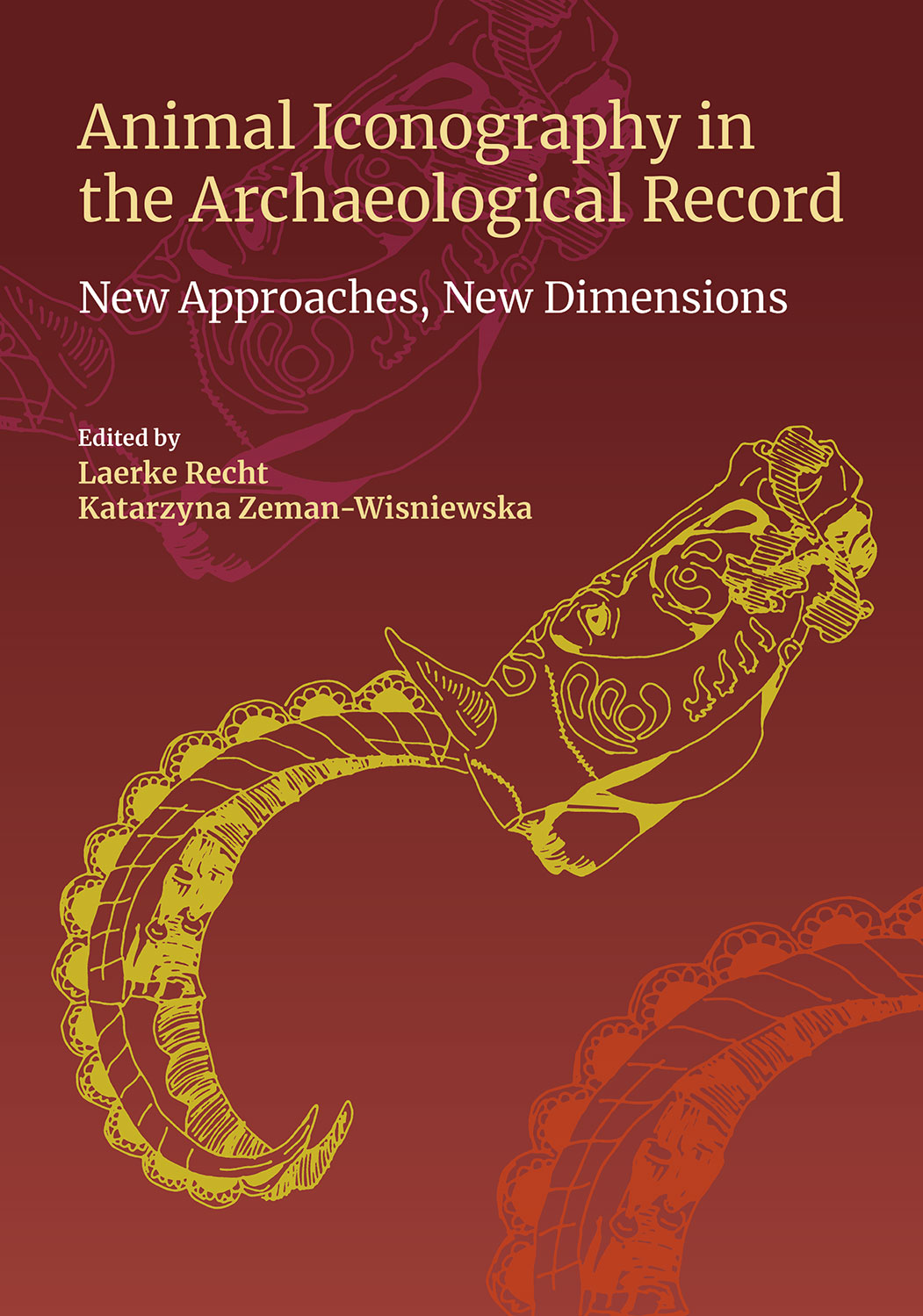The Role of the Horse in Ancient Egypt: In Society and Imagery
Animal Iconography in the Archaeological Record - New Approaches, New Dimensions - Laerke Recht
Lonneke Delpeut [+]
PhD Candidate, Leiden University
Description
Egyptian tombs have long been a source of inspiration for understanding the function of ancient Egyptian society. The Egyptians depicted the horse in their private tombs from the Eighteenth Dynasty onward. This paper will focus on two aspects of these depictions. Firstly, it will discuss what the Egyptians intended the visitor to see, namely the horse in its depicted context. Secondly, an investigation of how these images can be of use to us as a source of information about what the Egyptians knew about the horse will be made by studying content. Finally, the potential symbolic function of the horse in the images will be studied. The theory of costly signalling will be applied to hunting scenes in private tombs to determine if they can be interpreted as a status symbol.






